Skin: Warts and fungus (ages 11-13)
Good Skin Knowledge lesson plan
Time: 45 min
Objective
Students will be able to:
State where warts appear on the body and at least one way to treat it
Explain ways to prevent getting athlete’s foot
Recognize a dermatologist is a skin doctor
Identify ways to prevent skin fungus and ways to treat it
Learn that skin fungus does not make you dirty
Materials
Pencils or writing utensils
Assessment
During Introduction to New Material, ask review questions to see if students grasped the material.
During the Guided Practice, walk around and see how students are doing on the activity.
During Guided Practice, go over activity and evaluate students’ answers.
During Closing, assess how students answer questions regarding what they learned during the session.
Opening
3-5 minutes
Say, “Today we will be covering two of the most common “gross” things kids and teens get on their skin, except we are going to find out that they are really not that gross at all. We are going to talk about warts and fungus.”
Ask students what they think of when they think of warts and fungus. If students are unresponsive, ask pointed questions like:
Have you ever gotten a wart?
What do you think skin fungus is like?
How do you think you get warts/fungus?
Introduction to new material
25-30 minutes
Materials:
Pencils or writing utensils
Pass out Wart Woes handout to students.
Have students read questions while you explain answers to students. Do not read answers word-for-word but instead explain and summarize information.
Review materials with students by asking questions:
Are warts contagious? (Yes.)
Are they hard to treat? (No.)
Name at least one way to treat a wart. (Salicylic acid, freezing, or tape.)
Only dirty people get warts, right? (No. Anyone can get warts—it doesn’t matter if you are clean or dirty.)
Where can you get warts? (Face, bottom of feet, and fingers.)
Ask for questions.
Move on to the next topic: Fungus. Ask when/if students have seen fungus before. What was it like? Brief discussion: 2-3 minutes.
Pass out I Have A Fungi Feeling handout to students. Make sure students have pencils for activity at end of reading.
Read the story, have students read the story in pairs/groups, or switch off and have students read the story out loud, depending on students’ reading levels and time constraints.
Explain that when students are through with the story (or when you are done reading it), they should complete the activity at the end of it. They have to decide if the statements are “True” or “False,” and circle their answer. Students can work in groups, pairs, or individually.
Allow approximately 15 minutes for this part of the activity.
Guided practice
5-7 minutes
During activity, walk around and evaluate how students are doing and/or if students need additional assistance.
After time is up for the activity, ask for a quick summary of the story.
Go through True or False activity at the end of the story and expands on answers or have students explain.
Only dirty people get skin fungus. (FALSE: Anyone can get fungus).
You should wear flip-flops in public showers, locker rooms, and at the pool. (TRUE: This will help protect your feet.)
A skin doctor is called a dermatologist. (TRUE)
You can’t treat athlete’s foot. (FALSE: You can use antifungal, over-the-counter creams, or something prescribed by a dermatologist. It is difficult to cure athlete’s foot, but you can help maintain and treat it.)
You can get nail infections from not wearing flip-flops. (TRUE: If someone with athlete’s foot is walking around the pool barefoot, you have a better chance of getting it if you do not protect your feet with flip-flops.)
You should change out of sweaty socks and shoes as soon as possible. (TRUE: Fungus likes warm wet environments, so keeping your feet in sweaty socks and shoes is a perfect environment for fungus to grow!)
Closing
5 minutes
Ask students what new things they learned today. If students are unresponsive, ask more “directed” questions such as:
Does anyone play sports? What might you do differently now?
Has anyone ever had a wart? What did you do?
How would you treat someone if you found out they have athlete’s foot?
Did you think fungus was associated with being dirty? What do you think now?
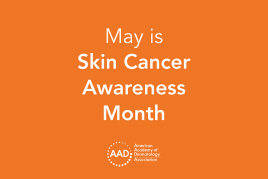 Think sun protection during Skin Cancer Awareness Month
Think sun protection during Skin Cancer Awareness Month
 How to care for your skin if you have lupus
How to care for your skin if you have lupus
 Practice Safe Sun
Practice Safe Sun
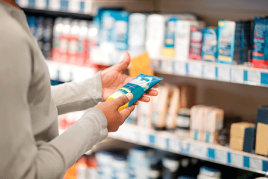 Sunscreen FAQs
Sunscreen FAQs
 Fade dark spots
Fade dark spots
 Hidradenitis suppurativa
Hidradenitis suppurativa
 Laser hair removal
Laser hair removal
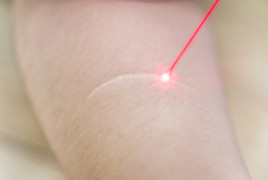 Scar treatment
Scar treatment
 Botox
Botox
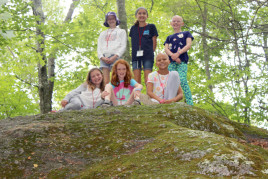 Kids' camp - Camp Discovery
Kids' camp - Camp Discovery
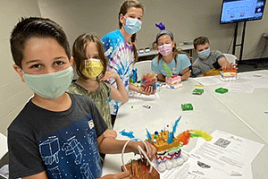 Dermatologist-approved lesson plans, activities you can use
Dermatologist-approved lesson plans, activities you can use
 Find a Dermatologist
Find a Dermatologist
 Why choose a board-certified dermatologist?
Why choose a board-certified dermatologist?